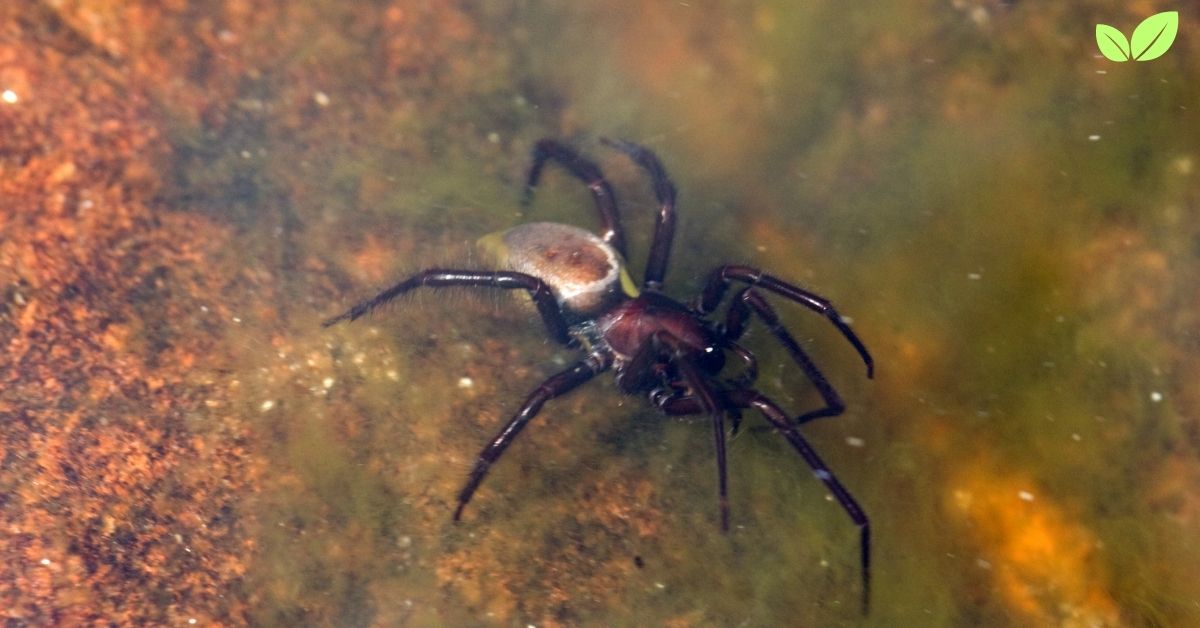Introduction to the Diving Bell Spider and Its Unique Aquatic Adaptations
The diving bell spider (Argyroneta aquatica), also sometimes maybe referred to as the “aqua spider,” is a fascinating species and the only known spider to spend its entire life underwater. Native to the freshwater habitats of Europe and parts of Asia, the aqua spider is an extraordinary example of adaptation, having evolved to live in ponds, lakes, and slow-moving streams. Unlike other spiders, which are primarily terrestrial, the aqua spider has developed a unique way of surviving in aquatic environments: it constructs an air-filled silk dome, known as a “diving bell,” which it uses to breathe and shelter underwater.
This diving bell structure, which gives the spider its common name, serves as both a lung and a home, allowing the aqua spider to hunt, feed, mate, and lay eggs beneath the water’s surface. The spider’s niche is particularly remarkable for its ability to exploit a habitat that most spiders avoid, filling a unique role in the ecosystem by preying on aquatic invertebrates and contributing to the balance of freshwater ecosystems. In this article, we’ll explore the unique characteristics, adaptations, ecological significance, and conservation concerns related to the diving bell spider.
Habitat Preferences and Distribution of the Aqua Spider
The aqua spider is found primarily in freshwater habitats across parts of Europe and Asia. It prefers still or slow-moving bodies of water, where it can construct its diving bell in relatively calm conditions.
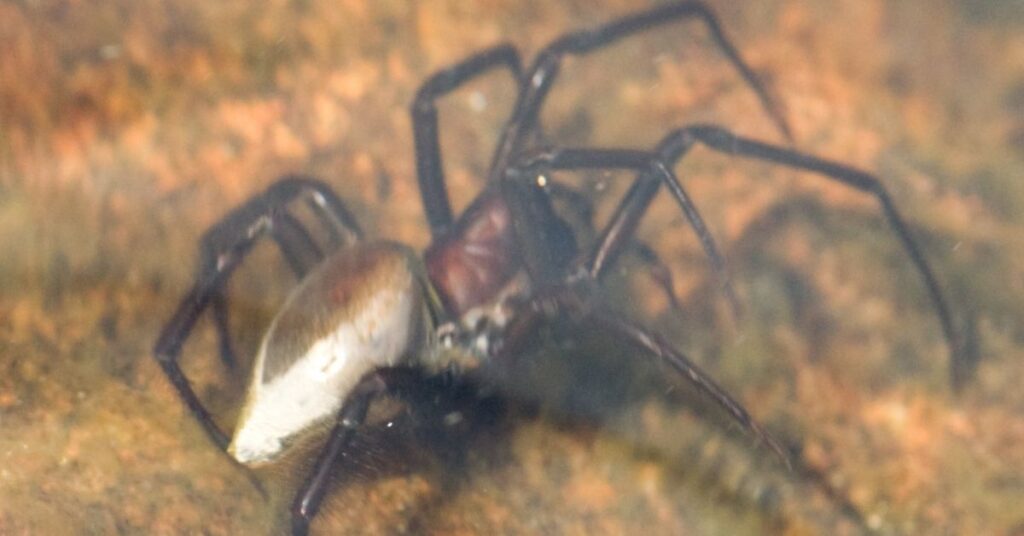
1. Preferred Aquatic Habitats
Aqua spiders inhabit a range of freshwater environments, including ponds, marshes, lakes, and slow-flowing streams. These habitats provide the spider with the right conditions for building and maintaining its diving bell. The spider typically avoids fast-flowing waters, as currents can disrupt the delicate silk structure of the diving bell. Additionally, these bodies of water are often rich in aquatic vegetation, which the spider uses for attaching and anchoring its silk dome.
The abundance of vegetation in these environments also supports a diverse array of aquatic life, offering the aqua spider a steady food source in the form of small invertebrates. Ponds, marshes, and similar water bodies create ideal conditions for the diving bell spider to thrive, as they support rich biodiversity and offer a stable, relatively undisturbed habitat for building and maintaining its unique aquatic home.
2. Geographic Distribution
The aqua spider is found across Central and Northern Europe, as well as parts of Asia, where it inhabits suitable freshwater habitats. In Europe, it can be found in countries such as Germany, France, and Poland, while in Asia, populations exist in regions of Japan and Russia. The spider’s distribution is determined largely by the availability of suitable aquatic habitats, including the right vegetation for anchoring its bell and sufficient prey populations.
Although not widely distributed on a global scale, the aqua spider has managed to occupy a highly specialized niche, allowing it to thrive in regions where its unique requirements are met. The spider’s distribution highlights its specialization in habitats that support still water, abundant vegetation, and a stable aquatic food web.
Unique Physical and Behavioral Adaptations of the Aqua Spider
The aqua spider has evolved a range of physical and behavioral adaptations that allow it to live underwater, an environment that most spiders are not equipped to handle. These adaptations enable it to construct and maintain its diving bell, hunt for prey, and reproduce entirely below the water’s surface.
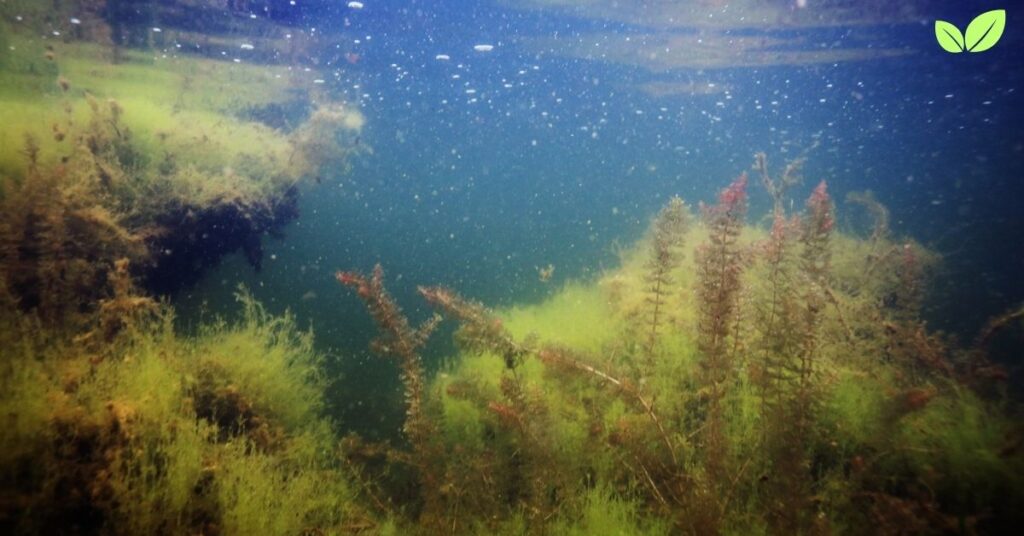
1. The Diving Bell: A Unique Respiratory Structure
The most distinctive feature of the aqua spider is its diving bell, a silk structure filled with air that serves as a respiratory chamber. To create the diving bell, the spider spins a dome-shaped web underwater, typically anchored to submerged plants or twigs. Using its abdomen, the spider gathers air from the water’s surface by trapping bubbles between its legs and abdomen, then transports these bubbles back to the bell. The bell acts as an air reservoir, allowing the spider to remain submerged for extended periods without needing to surface frequently.
The diving bell functions as a “gill,” allowing the spider to extract oxygen from the water. When oxygen levels inside the bell drop, oxygen from the surrounding water diffuses into the bell, replenishing it and allowing the spider to stay underwater for even longer periods. This unique adaptation not only allows the aqua spider to breathe but also enables it to avoid predators by staying underwater for most of its life cycle.
2. Hairy Cuticle for Air Retention
The aqua spider has evolved a specialized hairy cuticle, or outer layer, which helps it capture and retain air bubbles. The spider’s abdomen and legs are covered in fine, water-repellent hairs that trap air when it surfaces, creating a silver sheen that gives it a distinctive appearance underwater. This adaptation allows the spider to transport bubbles to its diving bell, enabling it to remain submerged for extended periods.
The hairy cuticle serves multiple purposes: it facilitates air collection, provides buoyancy that helps the spider navigate underwater, and offers protection against drowning. By efficiently collecting and retaining air, the aqua spider can avoid surfacing too often, reducing its exposure to potential predators.
3. Aquatic Hunting and Feeding Behavior
Unlike most spiders that rely on webs to trap prey, the aqua spider is an active hunter. It primarily feeds on small aquatic invertebrates such as water fleas, mosquito larvae, and other tiny crustaceans. When hunting, the spider ventures out from its diving bell, using its strong legs to swim short distances. Once it captures its prey, the spider brings it back to the diving bell to consume.
The diving bell serves as both a respiratory chamber and a feeding den, providing a safe place for the spider to eat its prey. This hunting strategy allows the diving bell spider to take advantage of its unique environment and access food sources that terrestrial spiders cannot. By preying on aquatic insects and invertebrates, the diving bell spider contributes to the control of these populations, playing a role in maintaining the balance of the aquatic ecosystem.
Ecological Role of the Aqua Spider in Aquatic Ecosystems
The diving bell spider occupies a unique niche within aquatic ecosystems, where it influences prey populations, contributes to nutrient cycling, and supports biodiversity.
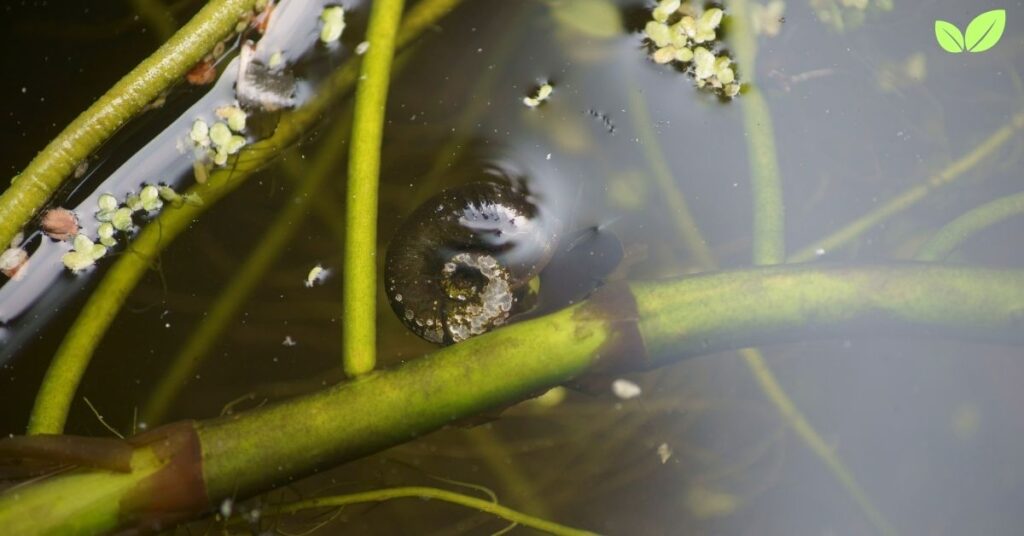
1. Regulation of Invertebrate Populations
The aqua spider preys on a variety of small aquatic organisms, including insects and crustaceans, playing a role in regulating these populations. By feeding on mosquito larvae and other small invertebrates, the spider contributes to natural pest control within its habitat, helping to maintain a balance within the ecosystem.
The spider’s predation on these organisms can help prevent the overpopulation of certain invertebrate species, which, if left unchecked, could lead to imbalances in the food web. The presence of diving bell spiders in freshwater habitats supports a healthy and balanced ecosystem, where the interactions between predator and prey promote biodiversity and stability.
2. Nutrient Cycling in Aquatic Habitats
As a predator, the aqua spider also plays a role in nutrient cycling within its habitat. By consuming small invertebrates, the spider helps transfer nutrients from lower trophic levels to higher ones, supporting the flow of energy through the ecosystem. The decomposition of organic material, such as uneaten prey remnants, contributes to the nutrient pool in the water, benefiting other aquatic organisms.
This nutrient cycling promotes a healthy environment by enriching the soil and water around submerged plants, encouraging growth that supports other forms of aquatic life. The spider’s contributions to nutrient cycling, though small, form part of the complex web of interactions that maintain ecosystem health in freshwater habitats.
3. Role in Biodiversity and Habitat Complexity
The aqua spider adds to the biodiversity of freshwater habitats by occupying a niche that few other species can. Its unique adaptations allow it to thrive in an environment where most spiders cannot, supporting a unique ecological role. By preying on small invertebrates and maintaining its underwater home, the diving bell spider adds to the habitat complexity of freshwater ecosystems, contributing to the diversity of life forms within these environments.
Additionally, the presence of diving bell spiders in ponds, marshes, and streams supports other species that rely on similar habitats, such as fish, amphibians, and other aquatic insects. By contributing to the diversity and complexity of these ecosystems, the diving bell spider plays a role in promoting ecosystem resilience and stability.
Reproduction and Lifecycle of the Aqua Spider
The reproductive behaviors and lifecycle of the diving bell spider are closely linked to its aquatic lifestyle. The spider’s diving bell plays a central role in reproduction, providing a safe space for mating, egg-laying, and the development of spiderlings.
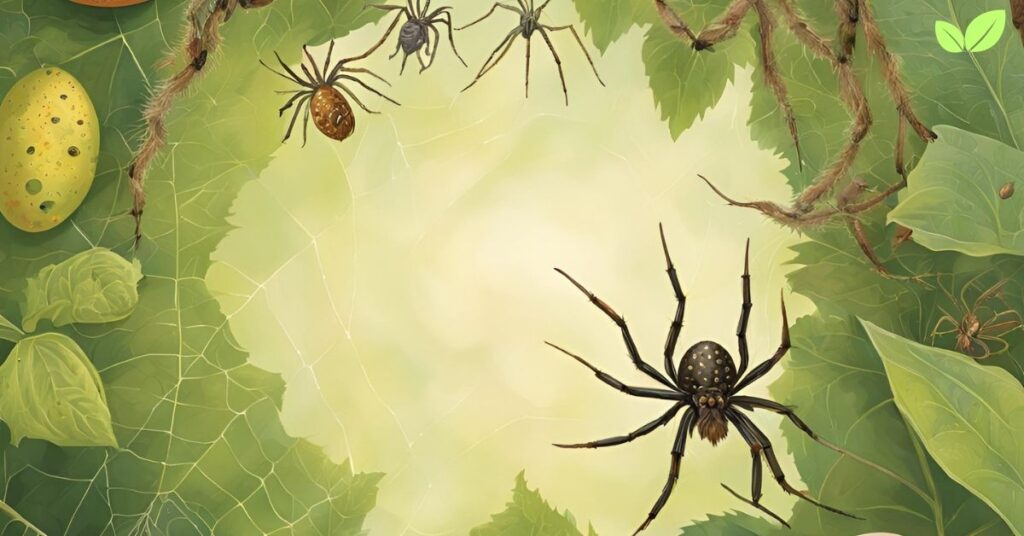
1. Mating Behavior and Courtship
During the breeding season, male diving bell spiders seek out the bells of females, as the spiders must reproduce underwater. Males typically build smaller diving bells and leave them temporarily to locate a mate. The male spider taps on the female’s bell to signal his presence, after which he enters the female’s bell to initiate mating.
The unique courtship behavior of diving bell spiders, which occurs entirely underwater, highlights their specialized adaptations for living in aquatic environments. After mating, the male often returns to his own bell or leaves in search of other females, while the female remains in her bell to lay eggs.
2. Egg-Laying and Spiderling Development
Once fertilized, the female aqua spider lays her eggs within her diving bell, constructing a secondary silk chamber to protect the developing spiderlings. The eggs hatch inside this chamber, and the spiderlings remain protected within the mother’s bell until they are mature enough to construct their own bells and become independent.
The mother’s diving bell provides a safe environment for the eggs and spiderlings, shielding them from predators and ensuring access to oxygen. As the spiderlings grow, they eventually disperse, constructing their own bells and continuing the cycle. This reproductive strategy allows the diving bell spider population to persist in specific aquatic habitats, where young spiders can establish their own territories and contribute to the ecosystem.
Conservation Concerns and Challenges Facing the Diving Bell Spider
Despite its unique adaptations, the aqua spider faces several conservation challenges due to habitat loss, pollution, and climate change. Protecting its habitat is essential for preserving its populations and ensuring the health of freshwater ecosystems.

1. Habitat Loss and Degradation
The diving bell spider relies on clean, still or slow-moving freshwater habitats with abundant vegetation. Habitat loss due to urbanization, agriculture, and industrial development threatens these environments, reducing the availability of suitable locations for the spider to thrive. Drainage of wetlands, pollution of ponds and streams, and destruction of vegetation further reduce the spider’s habitat and impact its survival.
Habitat degradation not only affects the aqua spider but also has cascading effects on other species that share its environment. Conservation efforts that focus on preserving and restoring freshwater habitats are essential for supporting the diving bell spider and the broader biodiversity of these ecosystems.
2. Pollution and Water Quality Issues
The aqua spider is highly sensitive to pollution, as it relies on clean water to construct and maintain its diving bell. Water pollution from agricultural runoff, industrial waste, and household chemicals can contaminate freshwater habitats, making them unsuitable for the spider’s unique way of life. Pollutants in the water disrupt the oxygen balance, affecting the spider’s ability to extract oxygen from its diving bell and potentially causing fatal stress.
Efforts to reduce water pollution through regulations, sustainable agricultural practices, and public awareness are crucial for protecting freshwater habitats. Clean water is essential not only for diving bell spiders but also for the overall health of freshwater ecosystems and the species they support.
3. Climate Change and Habitat Fragmentation
Climate change poses additional threats to the diving bell spider’s habitat by altering water levels, temperature, and oxygen availability in freshwater ecosystems. Warmer temperatures can lead to changes in oxygen solubility in water, affecting the spider’s ability to maintain its diving bell. Climate change may also increase the frequency of droughts, impacting ponds and marshes where diving bell spiders live.
Fragmented habitats exacerbate these issues, making it difficult for diving bell spider populations to migrate to new habitats or recolonize disturbed areas. Conservation initiatives that focus on habitat connectivity, restoration, and climate resilience are essential for supporting the survival of diving bell spider populations in the face of environmental changes.
Conclusion: The Environmental Legacy of the Diving Bell Spider
The diving bell spider is a unique example of adaptation to a freshwater environment, occupying a specialized niche that no other spider species fills. Through its hunting, reproductive behaviors, and ecological contributions, this spider supports biodiversity, regulates invertebrate populations, and promotes the health of aquatic ecosystems. Despite facing threats from habitat loss, pollution, and climate change, the diving bell spider demonstrates the resilience and adaptability of life in extreme environments.
Conserving freshwater habitats is essential for preserving aqua spider populations and the diverse ecosystems they inhabit. As we work to protect and restore these environments, we support the ecological balance and biodiversity that are essential for a thriving natural world. The diving bell spider’s remarkable adaptations remind us of the importance of every species, no matter how small, in contributing to the intricate web of life.
Read More: Wolf Spider California: An Essential Predator in California’s Ecosystem

